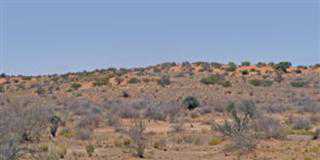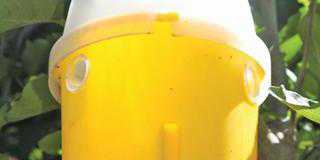Alongside natural vegetation, insects and small mammals, birds are the most underrated and underdeveloped resource in agricultural tourism on farms and game ranches. With skill and imagination and very little input, this resource can contribute significantly to the income of an enterprise.
Birds move about freely, converging wherever the habitat is suitable. They are often highly conspicuous and vary greatly in size, structure, habits and behaviour. They are active, interesting to watch, and ask very little from the landowner or visitor in return for the pleasure they give. The key to good birdlife is good habitat managed for biodiversity. This means natural vegetation in good condition, although some species have adapted well to alien vegetation and greatly expanded their range.
An example is the black sparrowhawk (Accipiter melanoleucus), which has taken to breeding in eucalyptus plantations and groves on the Highveld. Because birds are so mobile, they are even found where habitat is only temporarily suitable – such as the ephemeral grass pans on the Highveld where many species of waterfowl converge to breed during the summer. Permanently inhabited habitats include cliffs with nesting ledges and dassie populations, which support resident pairs of black eagles.
Many migrant species breed in the northern hemisphere and migrate to SA during our summer months, while others breed here and move north during our winters. This mobility makes it impossible to confine birds, but provide a suitable habitat and they will find it by themselves, and stay as long is it meets their needs. Changes in bird populations are infallible indicators of environmental health, and a good knowledge of birds can help you plan a more sustainable relationship with nature.
Birding is a worldwide pastime. It is the fastest-growing outdoor pursuit in the US , with 51,3 million American birdwatchers according to a US Fish and Wildlife Service survey. The Royal Society for the Protection of Birds in the UK has more than a million members.
A versatile hobby Birding can be done anywhere. You only need the interest, a good pair of binoculars, an identification guidebook, a notebook and pencil, an enquiring mind, and sometimes patience. It knows no boundaries of race, language, age, gender, time, weather or place. BirdLife South Africa, which represents and promotes the interests of birding in this country, has local branches countrywide. To learn more about birdwatching, join a local bird club and go on their outings. Most clubs offer bird identification courses for beginners, arrange outings, publish newsletters and present informative talks by experts. A few offer advanced or specialised courses, and many are involved in surveys or research.
A number of specialist bird venues in SA combine unsurpassed birding with excellent facilities and features, such as the services of an expert guide, wellplaced hides, paths, annotated checklists, informative literature, a well-stocked library, and a real opportunity to contribute to the gathering volume of data on our birdlife. Renowned SA ornithologist One of the most notable is Eyrie Birding Lodge at Mariepskop, on the D rakensberg escarpment where L impopo borders Mpumalanga. Here internationally renowned ornithologist, conservationist and naturalist Dr Peter Milstein has developed a superlative destination for serious bird enthusiasts from all over the world. With over 30 years of professional nature conservation experience, he is the author or co-author of over 150 scientific and popular publications, and nine books. Some 589 bird species have been recorded in the area.
The birding experience is characterised by ecologically sensitive development, a minimum of disturbance to the habitat and well-sited paths that traverse a variety of habitats and vegetation types. Dr Milstein makes daily observations and records data. With the boom in ecotourism, Afritourism, agritourism and avitourism and the growing ecological awareness of local and international tourists, birds offer a great deal in return for very little investment. – Chris Nel Visit www.rdlifesciences.com, call • (011) 789 1122.













